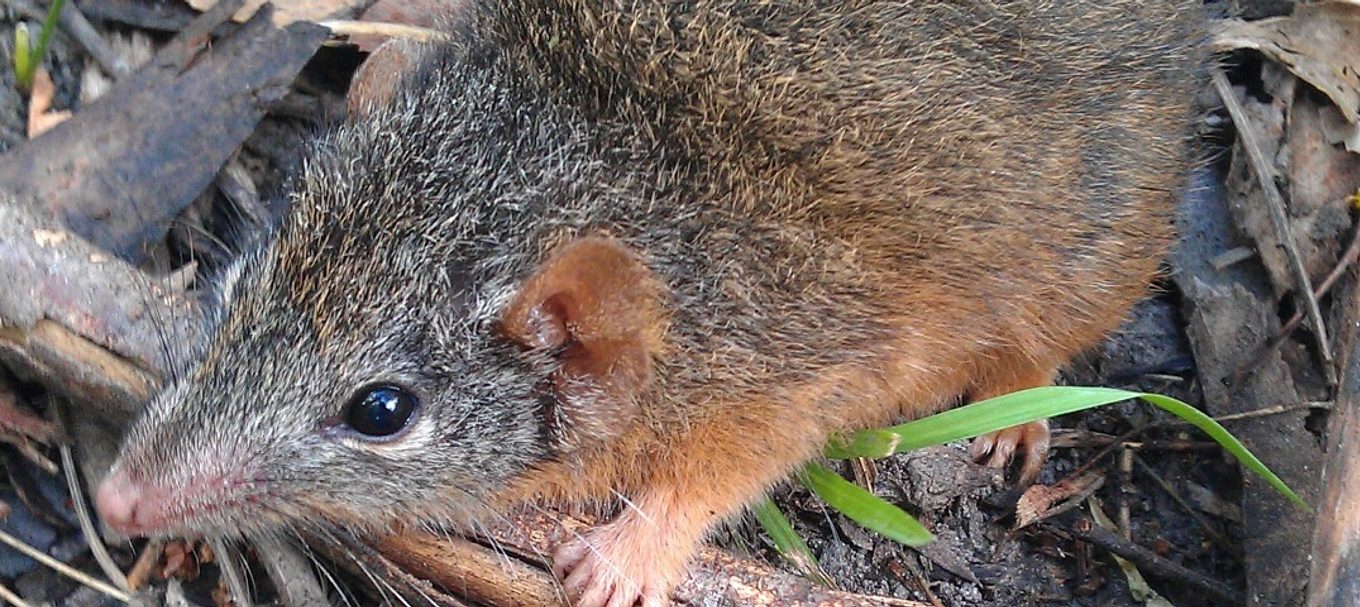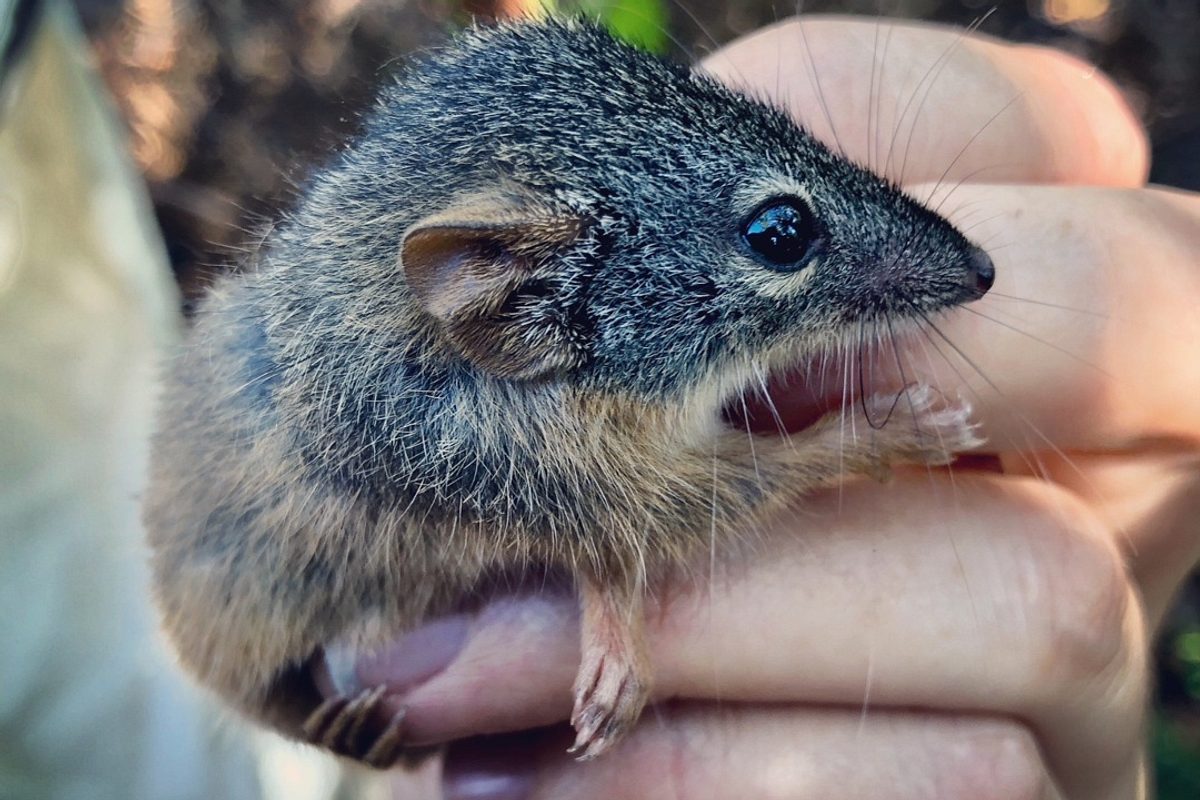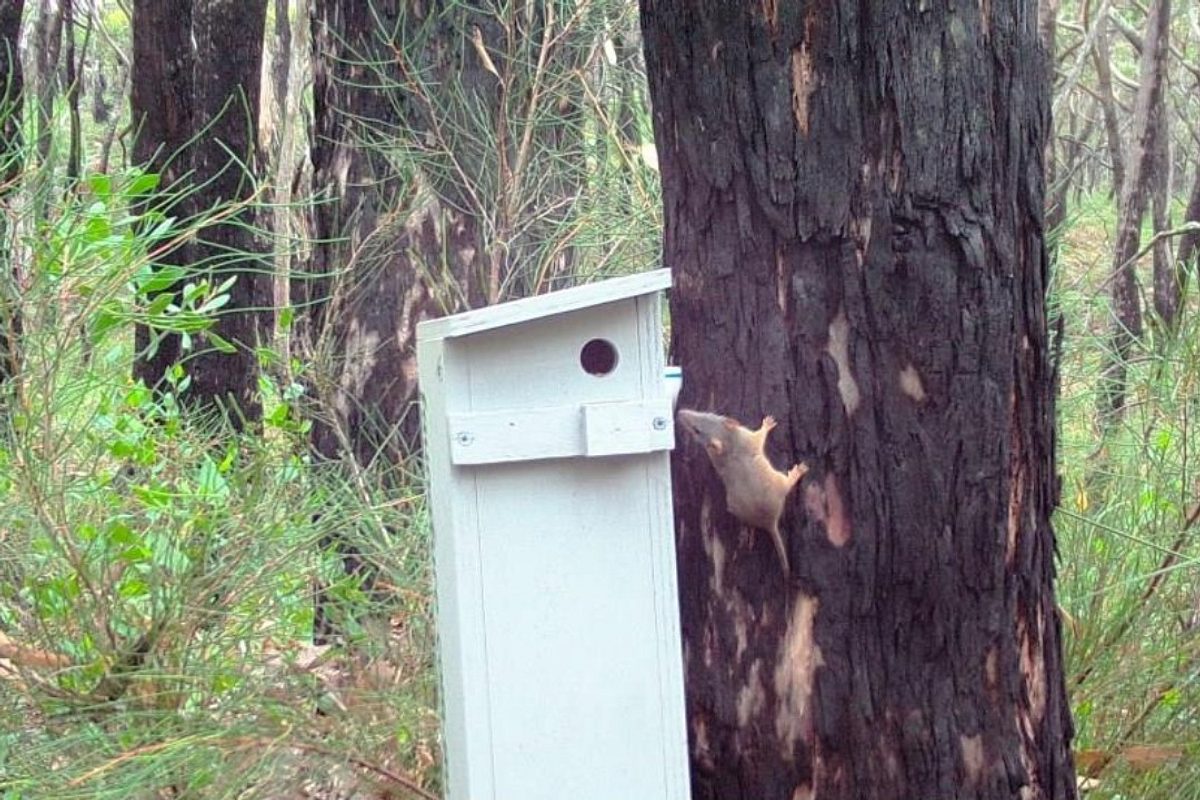
How to tell if you’ve got a pesky mouse or a native antechinus in your house
The depths of winter can often be a time when unwelcome house guests arrive, in the form of mice and rats. They often move into houses in an attempt to seek out warmer digs and a source of food.
But, it’s also a time when a threatened native Australian animal – the yellow-footed antechinus (Antechinus flavipes) – can move in, for much the same reason.
This species is classified as vulnerable in South Australia.
Also known as a marsupial mouse, this small carnivorous marsupial snacks on insects, reptiles, and sometimes even mice.
The trouble is, antechinus look similar to a normal house mouse. But being a native and vulnerable species, they can’t be subjected to pest control.

Here’s what you need to know:
Looking after native species
While trapping rats and mice is fine, it’s different for native animals as they are protected under the National Parks and Wildlife Act (1972).
It’s important we look after them, so if you suspect you’ve got one in your house, read on to see how you can gently encourage the antechinus to take shelter elsewhere.
Where do antechinus live?
Antechinus are most commonly found in stringy bark forests on the Fleurieu Peninsula and Central Mount Lofty Ranges regions.
So, if you’re living on the Fleurieu Peninsula or the Adelaide Hills region (as far north as Para Wirra Conservation Park), it’s possible that what you think is a mouse in your house, could potentially be an antechinus.
How can you tell the difference between an antechinus and a mouse?
The quickest way to tell the difference between an antechinus and a mouse is by looking at their head.
An antechinus has a much pointier, long, narrow snout, unlike a mouse, which has a round head and nose.
They are also larger than a mouse, with the body length of an antechinus up to 165 millimetres long, it also has a tail that is approximately the same length as its body. They also have a white ring of fur around their eyes, doubled lobed ears, and yellow feet, legs and bellies.
While mice and rats create a musky smell, antechinus have no lingering odour.
Antechinus scats are also very different to house mouse scats. They are much larger and cylindrical shaped.
How do you gently encourage an antechinus to live somewhere other than your house?
Antechinus usually live in fallen timber and tree hollows, so if you’re keen to encourage this unique animal to move out of your house and take up residence outside instead, make sure you don’t remove these from your backyard or paddocks.
You can also put up a nest box as an alternative place to shelter. Do some research to make sure you build one to the right dimensions, as antechinus require a very vertically long nest box with a small hole, so other animals can’t climb in.

Fast facts
Here are some quick facts about this quirky native animal:
- An antechinus generally eats only insects, but sometimes they can also snack on flowers, nectar, spiders, cockroaches, lizards, small birds and even mice. Pretty handy for a house guest!
- Male antechinus have a very short life span. They all die by the end of the breeding season, at about one year old.
- A female antechinus can have litters of up to 12 young at a time, who drink milk and cling onto mum’s ‘pouch’ to survive.
Have you got possums visiting too? Or how about bats? Or blue-tongue lizards? Check out our stories to find out what to do:
- What to do if there’s a possum in your roof
- What to do if there’s a bat in your house
- What to do if there’s a blue-tongue lizard in your backyard.
(Main image courtesy of Luke Price)
This story was originally posted in July 2020





